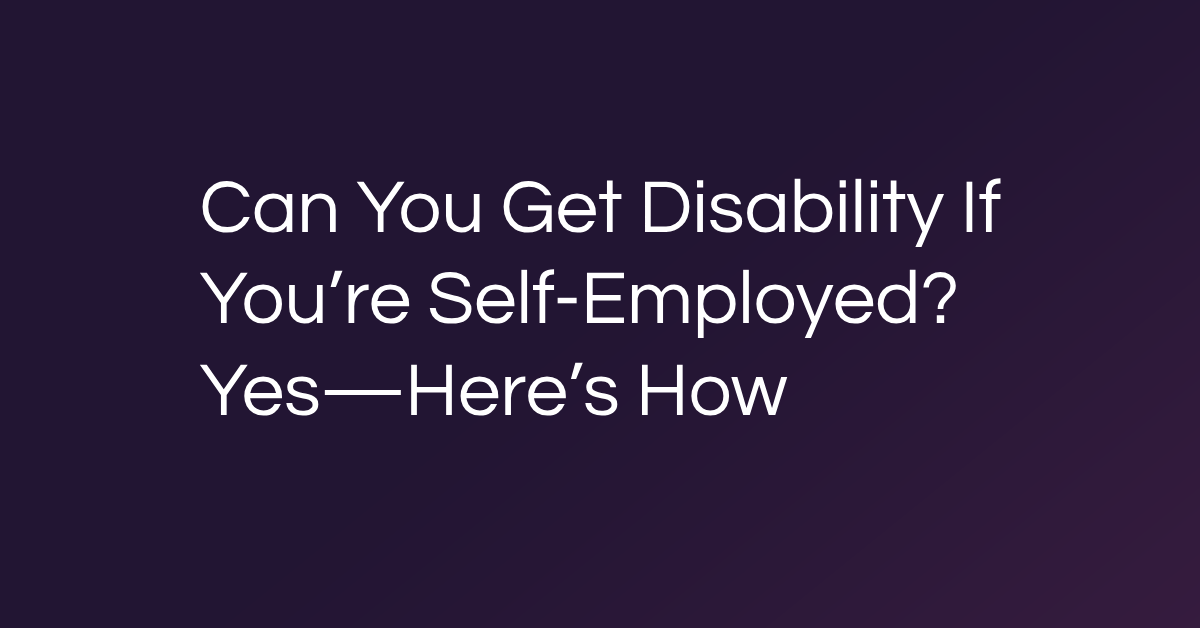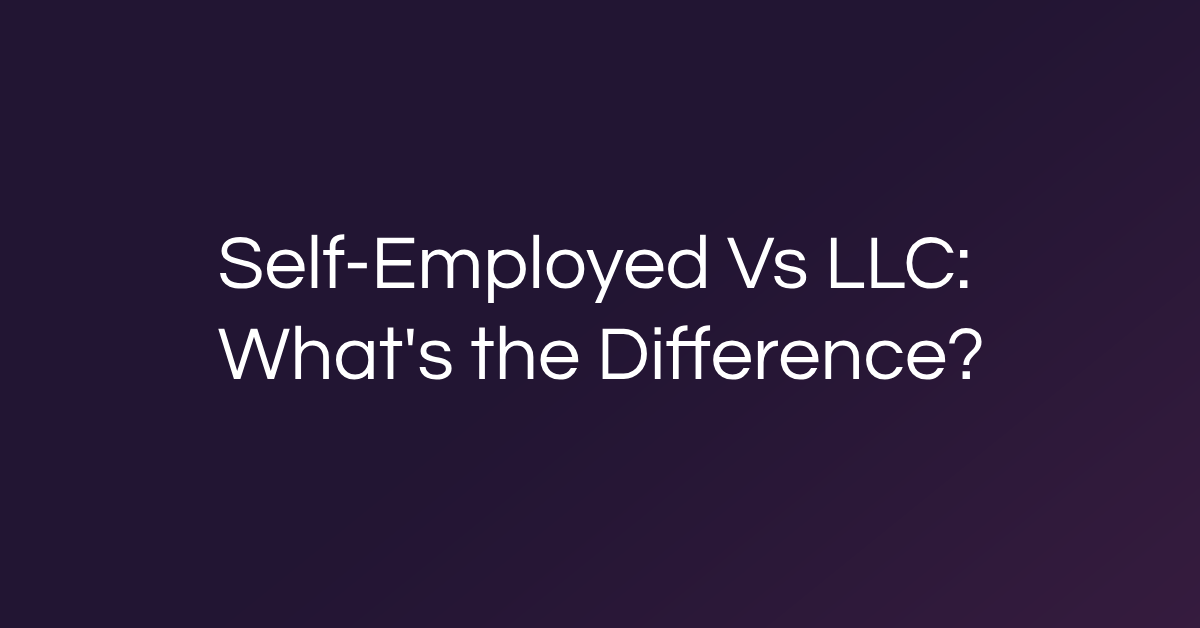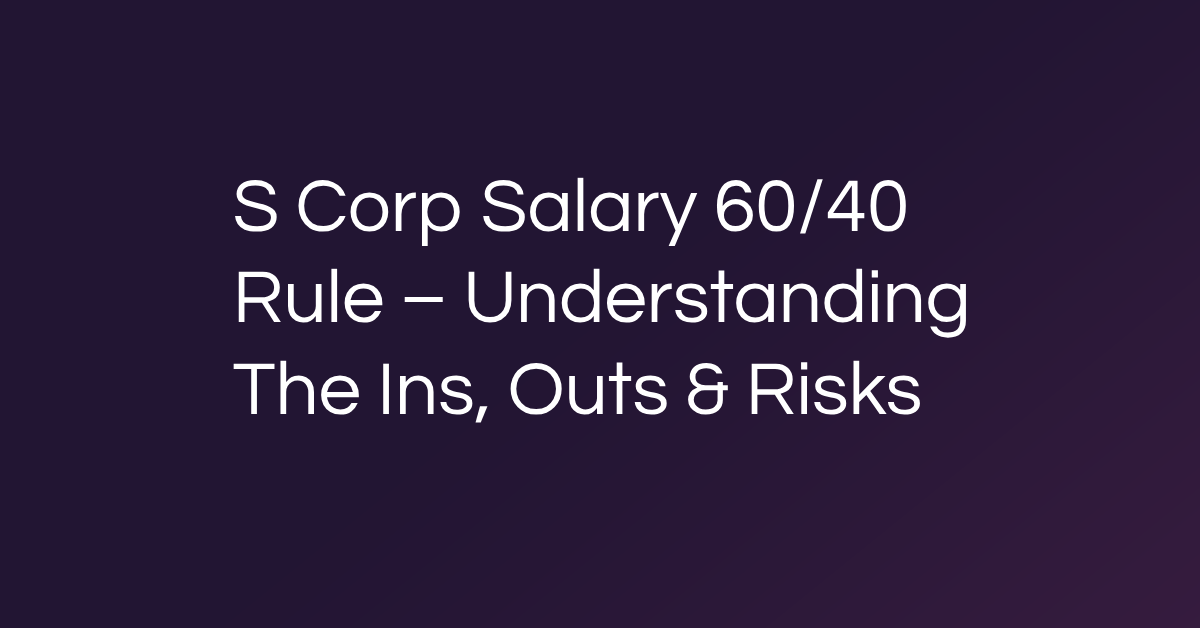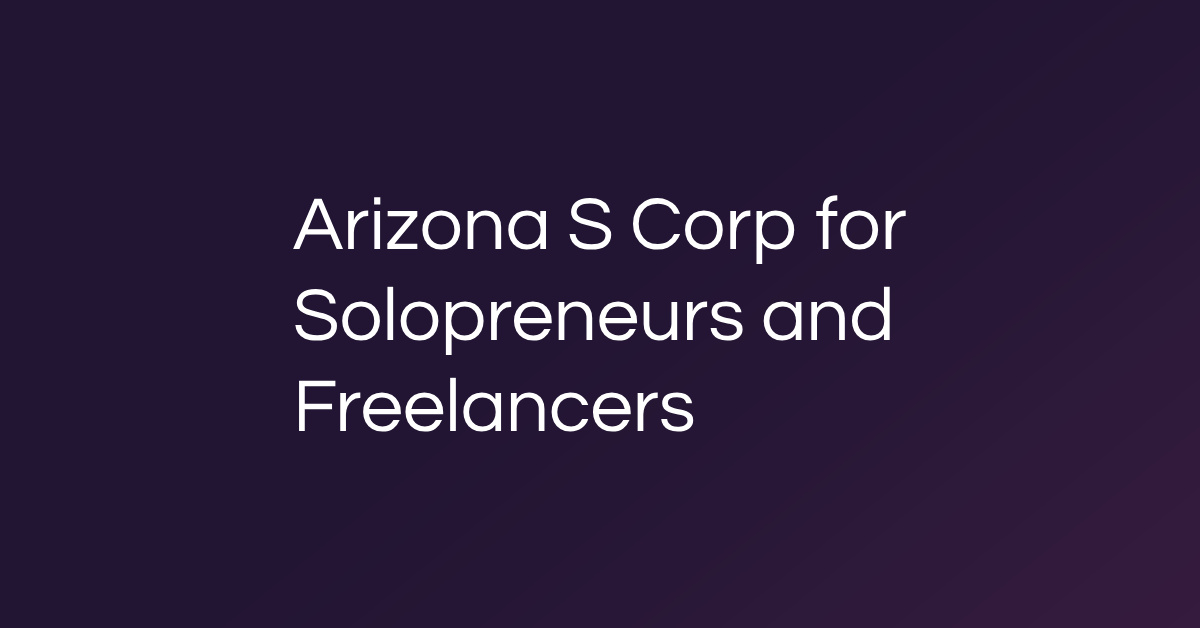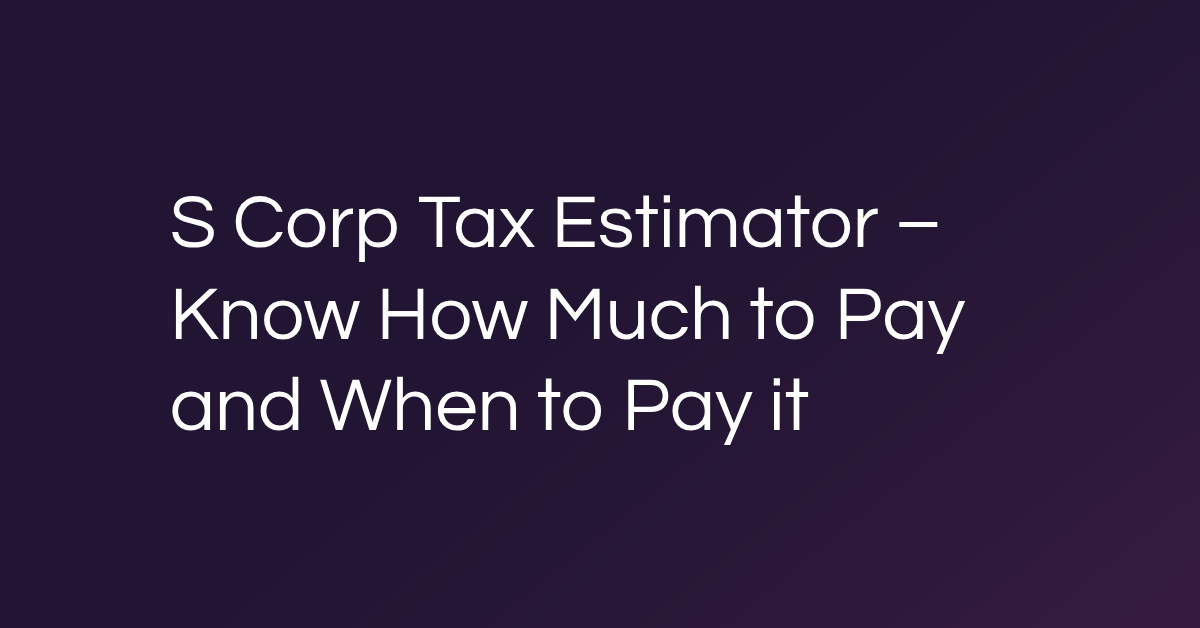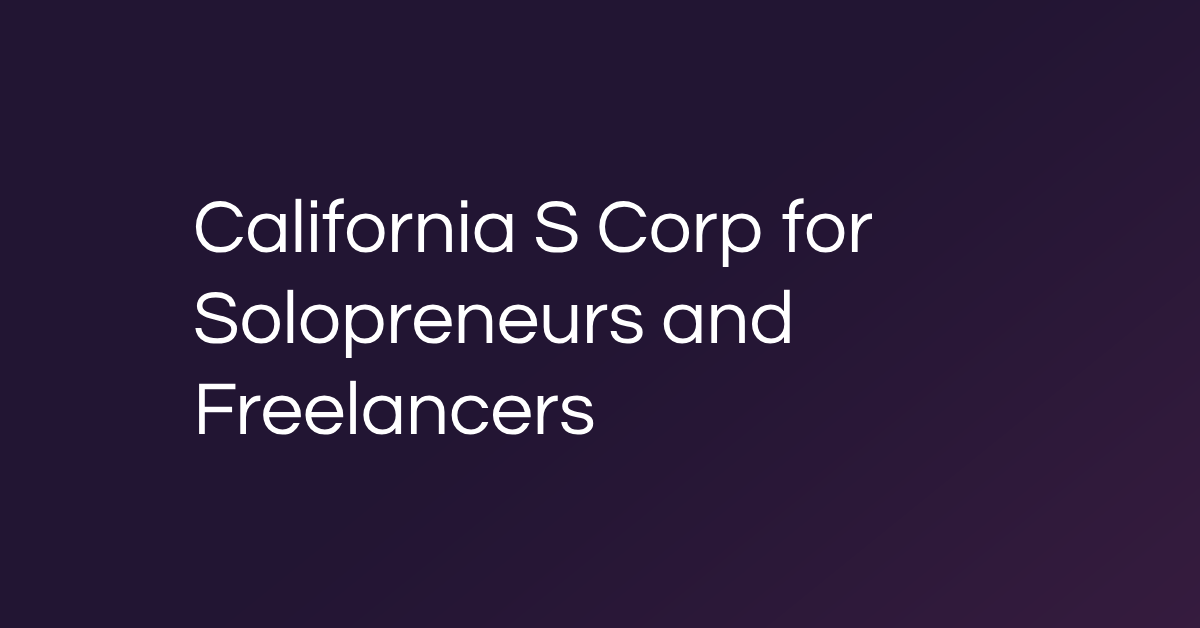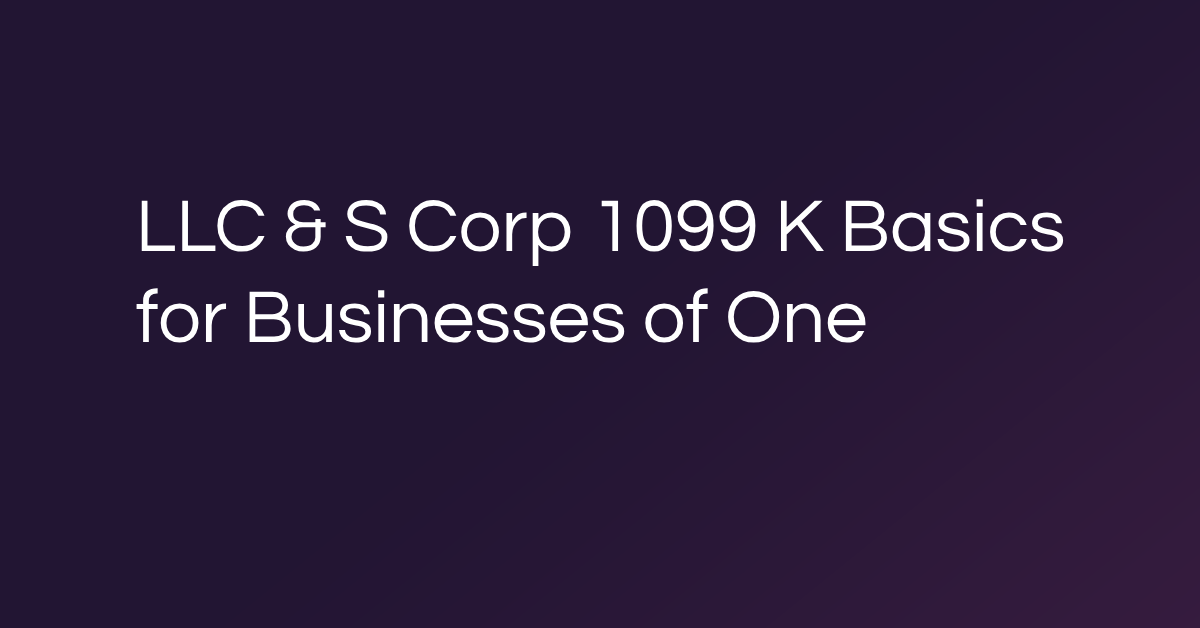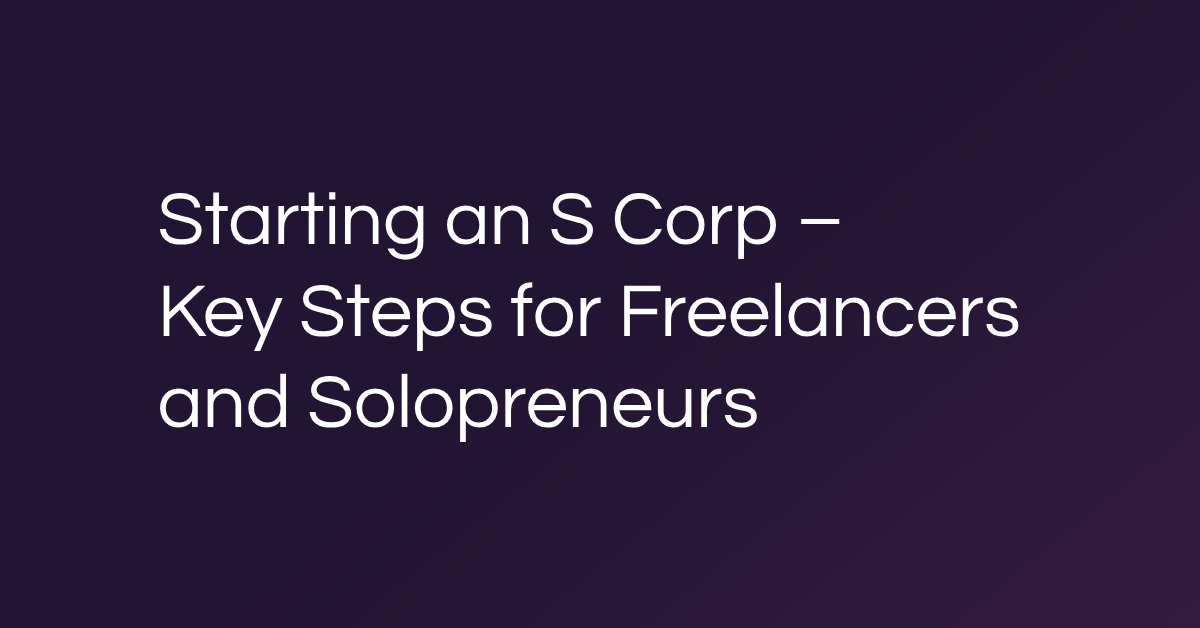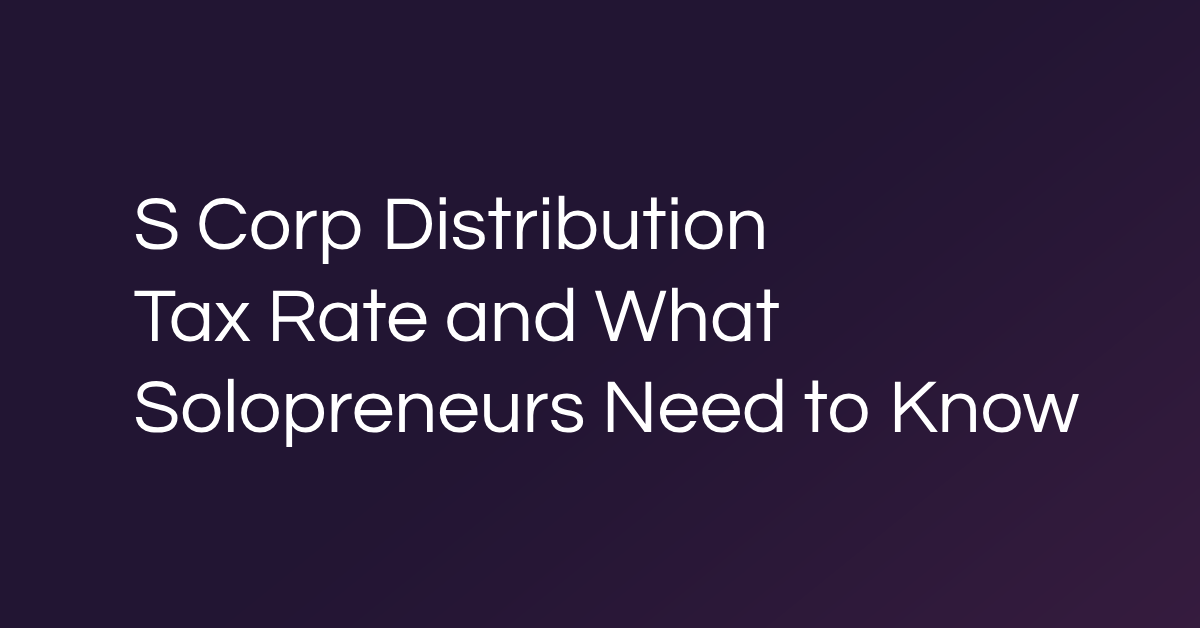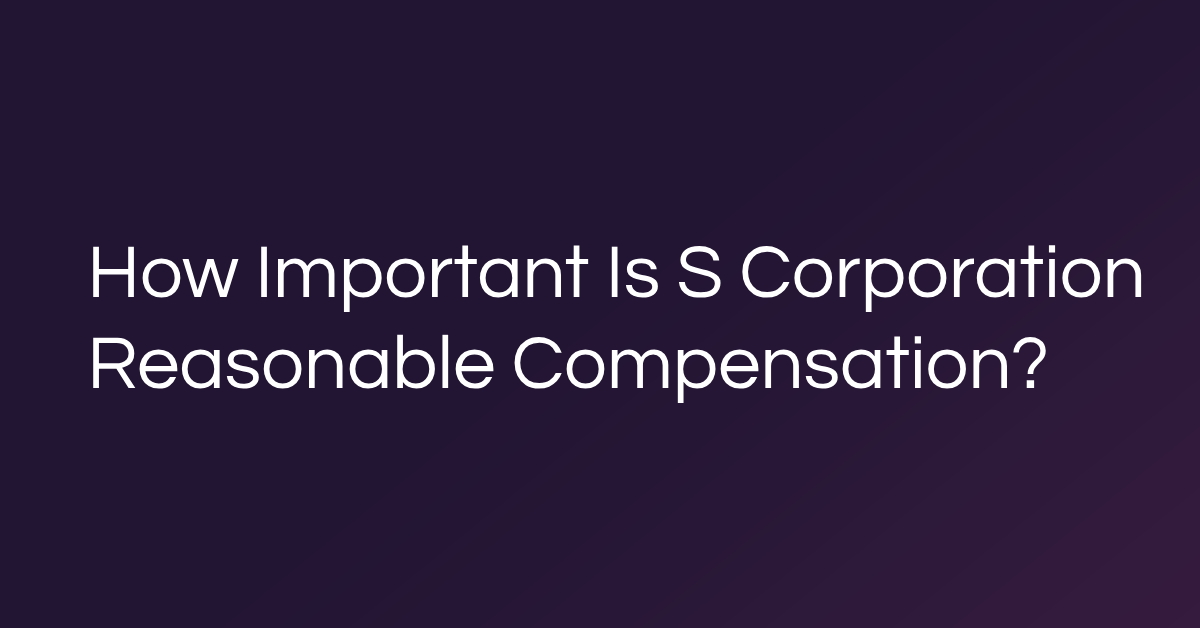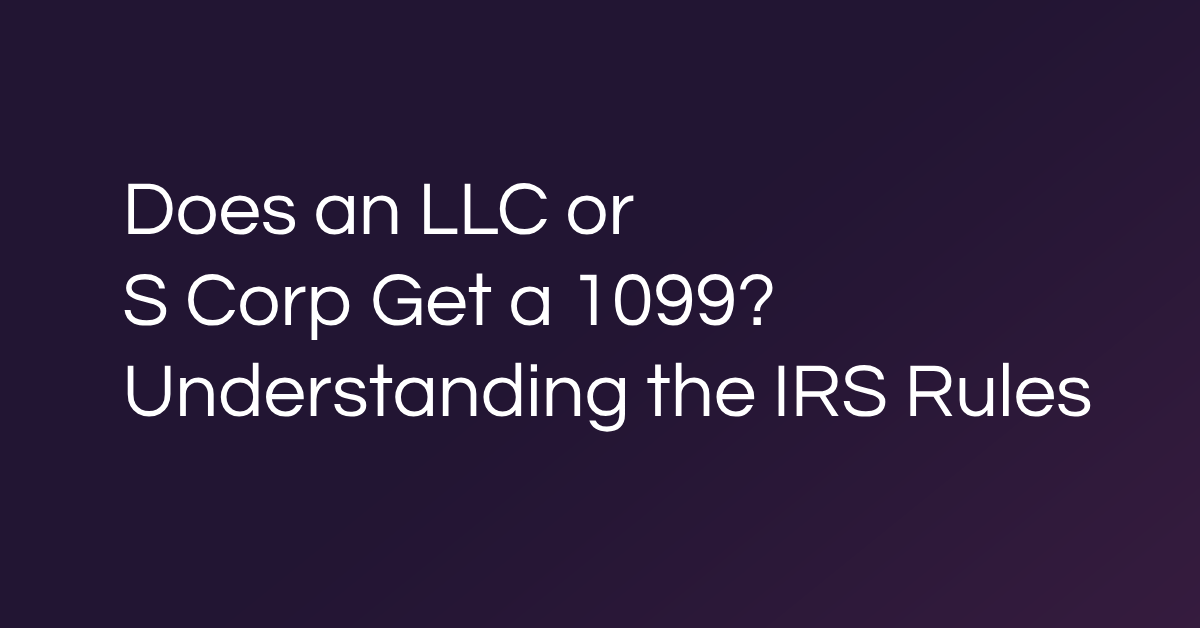Disability can disrupt any career, but the impact hits even harder if you’re self-employed. You don’t just lose a paycheck—you risk losing clients, momentum, and the business itself. That’s why it’s necessary to understand what benefits are available and how to qualify.
For those freelancing full-time or exploring self-employment for the first time, disability protections are available for you. With the proper documentation and systems, you can access support and protect your income, even when life throws a curveball.
Understanding the types of disability benefits available
Self-employed individuals have more options than they think regarding disability coverage, but each comes with its own rules and limitations. Knowing what’s available is the first step to protecting your income.
Disability can include visible or invisible conditions, temporary or long-term. These benefits support your livelihood when health challenges interfere with your ability to work, as defined in the broader context of disability and health by public health authorities.
SSDI vs SSI: definitions and eligibility
Social Security Disability Insurance (SSDI) covers individuals with qualifying disabilities who’ve paid into Social Security. As a self-employed person, your eligibility depends on how much you’ve contributed through self-employment taxes.
Supplemental Security Income (SSI) is need-based. It supports those with limited income and assets, regardless of work history.
Both programs require that your condition prevents “substantial gainful activity” for at least 12 months or is terminal.
Private disability coverage
Private policies fill income gaps where public programs fall short. You can choose:
- Short-term coverage (a few weeks to months)
- Long-term coverage (several years or until retirement)
Self-employed professionals can access both. Look for plans that match your income, risk level, and how long you could go without work.
State-specific programs
Some states offer opt-in disability insurance:
- California’s State Disability Insurance program includes self-employed workers
- New York, New Jersey, and Rhode Island have state-run options
Rules vary, but if available in your state, these programs can provide extra security.
Other alternatives
Supplemental plans like Aflac-style coverage or rider policies can cover fixed expenses during recovery. This includes support for invisible disabilities like chronic illness, fatigue, or mental health conditions that still impact your ability to earn.
How to qualify for disability as a solo
Qualifying for disability benefits as a self-employed professional takes preparation, but the proper documentation and systems can make the process more manageable. Whether you’re applying for SSDI, SSI, or private coverage, your eligibility depends on how well you demonstrate your condition and financial status.
Documents needed
Disability applications often require thorough and organized documentation, including:
- Tax returns and business income records
- Medical records and doctors’ statements
- A list of your current medications and treatments
- A description of your job duties and how your condition impacts them
Using tools like Besolo’s admin dashboard makes tracking, storing, and retrieving these materials easier.
How the SSA defines “disability”
The Social Security Administration defines disability as the inability to engage in any substantial gainful activity due to a medically determinable physical or mental impairment expected to last at least 12 months or result in death. This standard applies equally to salaried workers and solos.
Credit and contribution requirements
To qualify for SSDI, you must earn enough work credits by paying self-employment tax. They base these credits on your income and filing history, and self-employed individuals must meet the same thresholds as employees.
Application timelines and review process
Once submitted, your application may take three to six months to process. Be prepared for requests for additional documentation. If denied, you can appeal through a structured, multi-stage review process.
Prepare financially for a disability event
Even with coverage, there’s often a gap between when you stop working and when benefits begin. Building a financial buffer helps you stay afloat without scrambling or compromising your recovery.
Emergency funds
A well-padded emergency fund gives you breathing room during income disruptions. For solo professionals, that means setting aside 3–6 months of business and personal expenses.
Tips for building your fund:
- Automate a percentage of each payment into savings
- Separate business and personal reserves
- Reevaluate your target amount annually
Business overhead expense policies
These specialized insurance policies cover recurring business expenses—like rent, software, and utilities—if you can’t work due to illness or injury. For solopreneurs who run lean operations, even short-term support can make a meaningful difference.
Besolo’s benefits platform includes resources for evaluating coverage options that align with your income model and risk tolerance.
Tax treatment of premiums and benefits
Understanding how disability-related finances impact your taxes is critical.
- Premiums for personal disability insurance aren’t usually deductible.
- Benefits are generally tax-free if you paid the premiums yourself with after-tax dollars.
- Business policies may be deductible, but benefits paid out could be taxable.
To help evaluate how premiums, policies, and benefits affect your deductions and reporting, explore Besolo’s tax tools built for solo operators.
Strategies for applying or appealing
Applying for disability benefits, persistence, and precision go a long way when you’re self-employed. Advance preparation and understanding what reviewers expect improve your chances and avoid unnecessary delays.
Common reasons reviewers deny applications
Disability programs often reject applications due to:
- Missing or inconsistent medical documentation
- Incomplete or unclear application forms
- Gaps in proving income loss
- Missed deadlines or lack of follow-up
You can avoid these outcomes by double-checking every detail and providing thorough records.
Build a strong application from the start
A strong application gives decision-makers exactly what they need. To increase your odds:
- Submit detailed medical records that document your condition
- Explain clearly how your disability limits your work
- Provide recent tax returns and income documentation
- Follow instructions carefully and meet every deadline
Reviewers who see a clear connection between your medical limitations and work disruptions are more likely to approve your claim.
Know how the appeals process works
You can file a formal appeal if your first application doesn’t succeed. You have 60 days to request reconsideration, provide new information, or schedule a hearing.
Some solo professionals bring in a disability attorney or advocate to guide the appeal. You don’t need one to move forward, but professional support can improve your results and reduce stress.
Take control—so life events don’t take you down
Disability doesn’t mean your business has to stop. When your finances are structured and protected, you gain more than peace of mind—you stay in control.
Besolo gives you the structure to protect your income and stay organized, so your business is ready when life throws you a curveball.
Explore the Besolo Self-Employment OS and build the kind of solo business that stays strong, no matter what.

